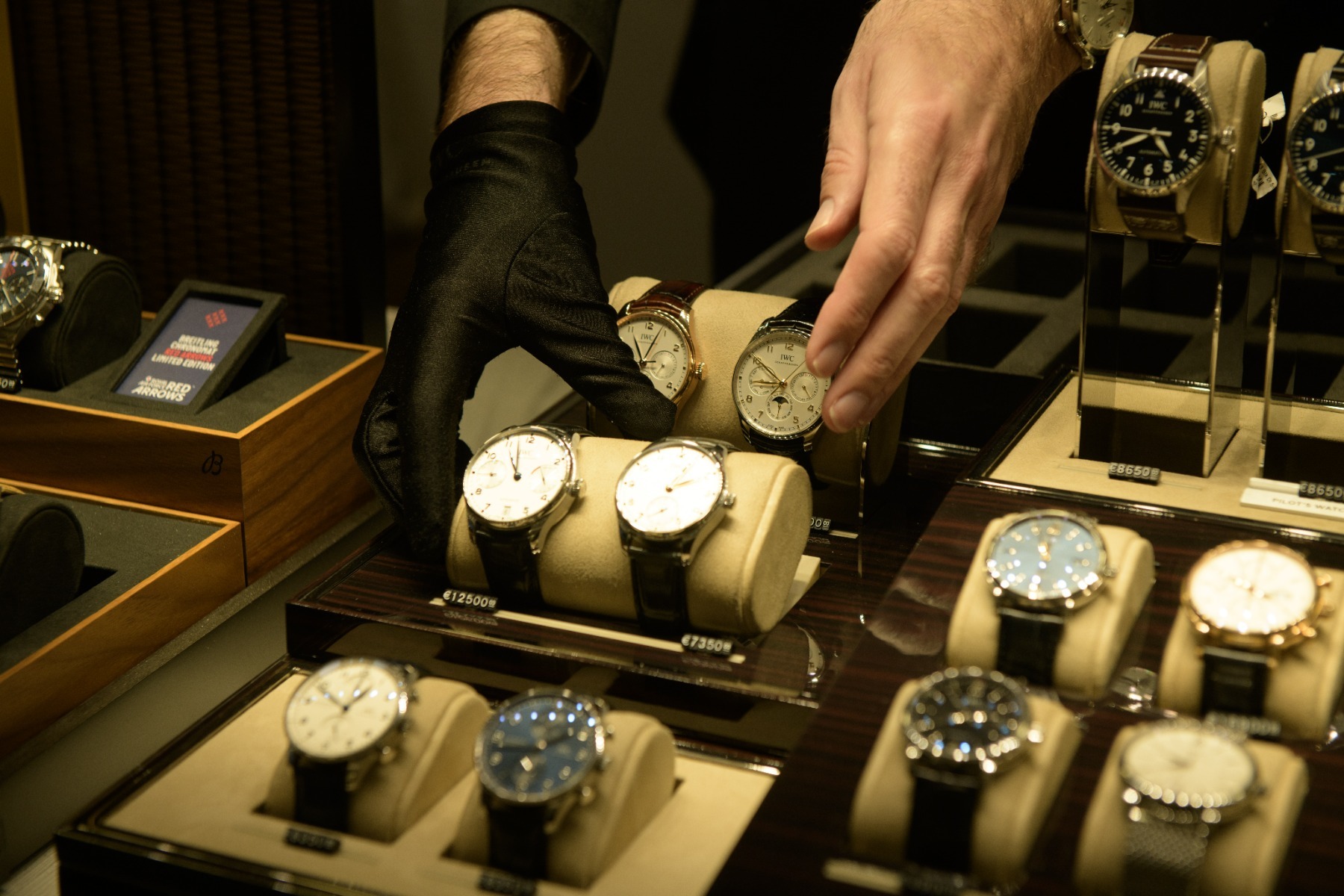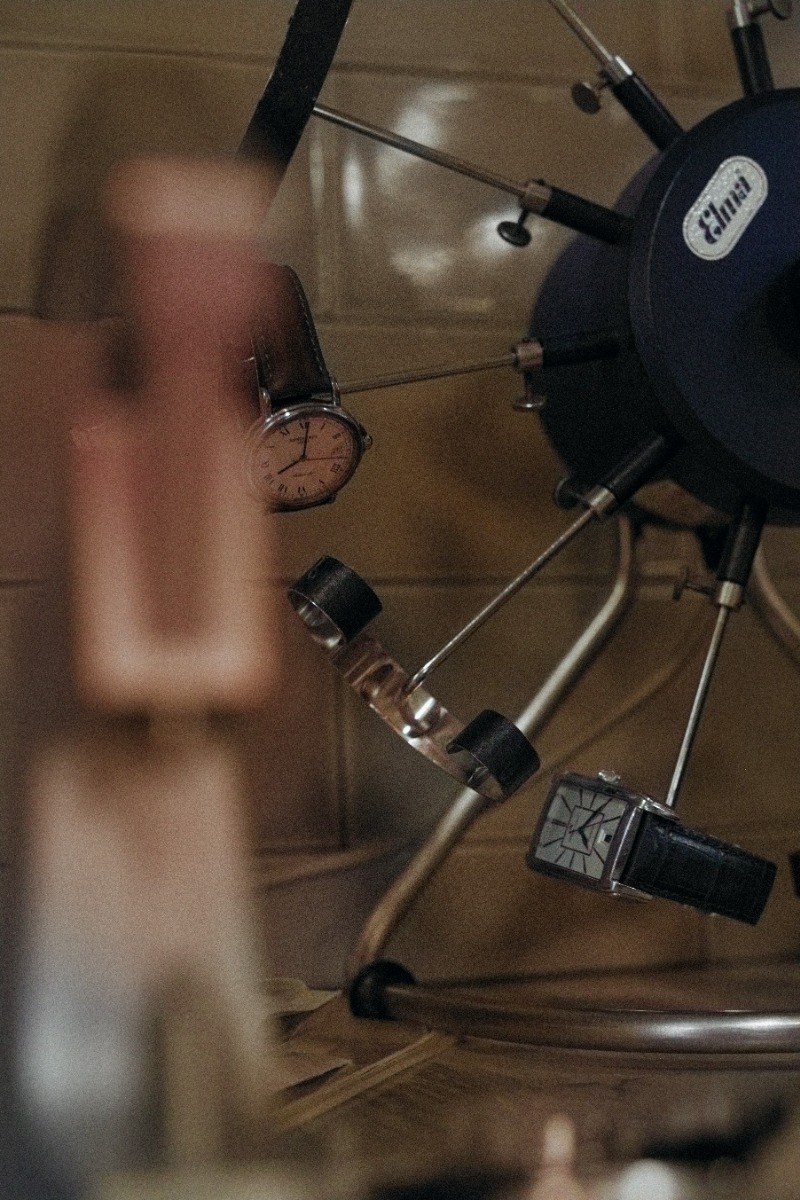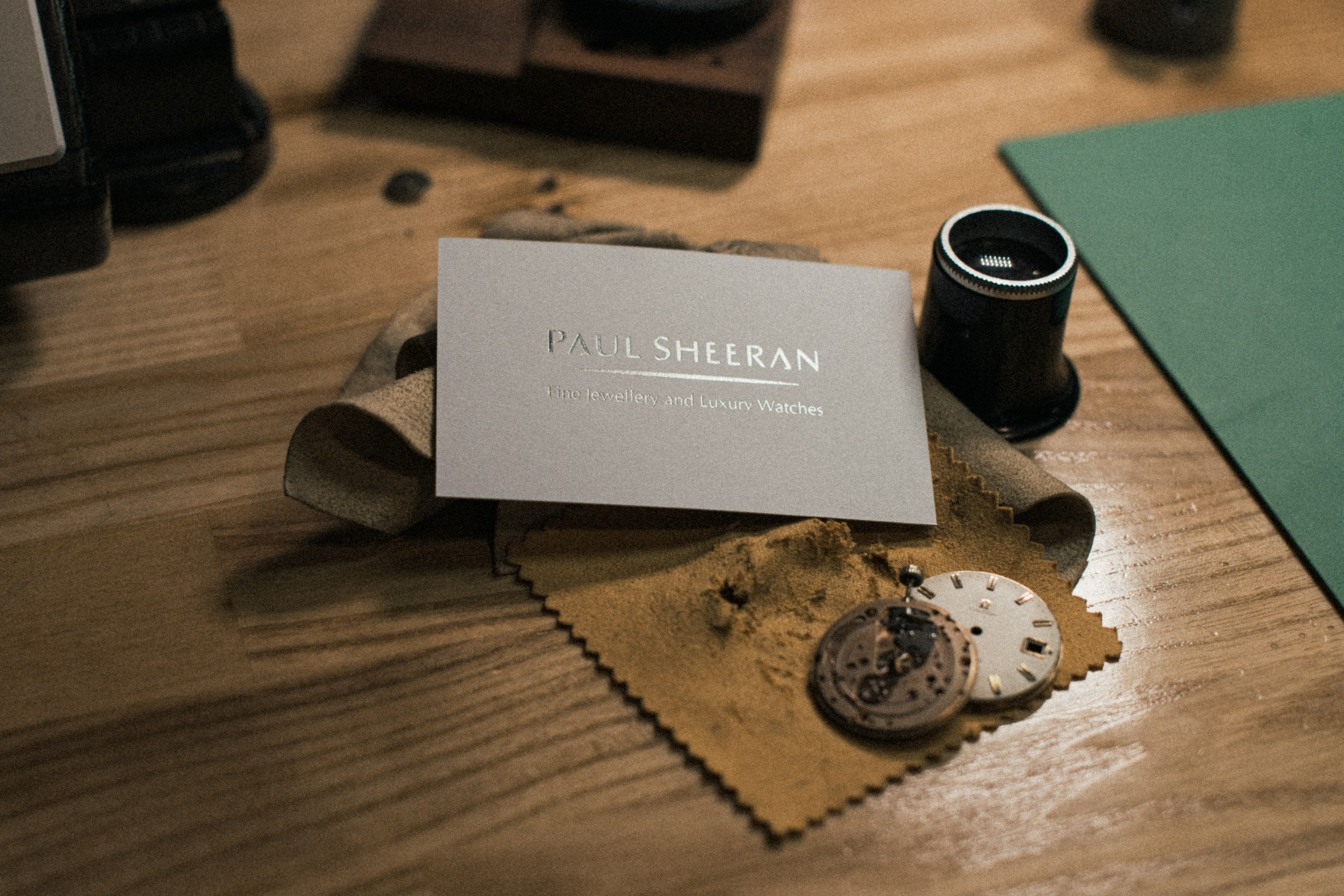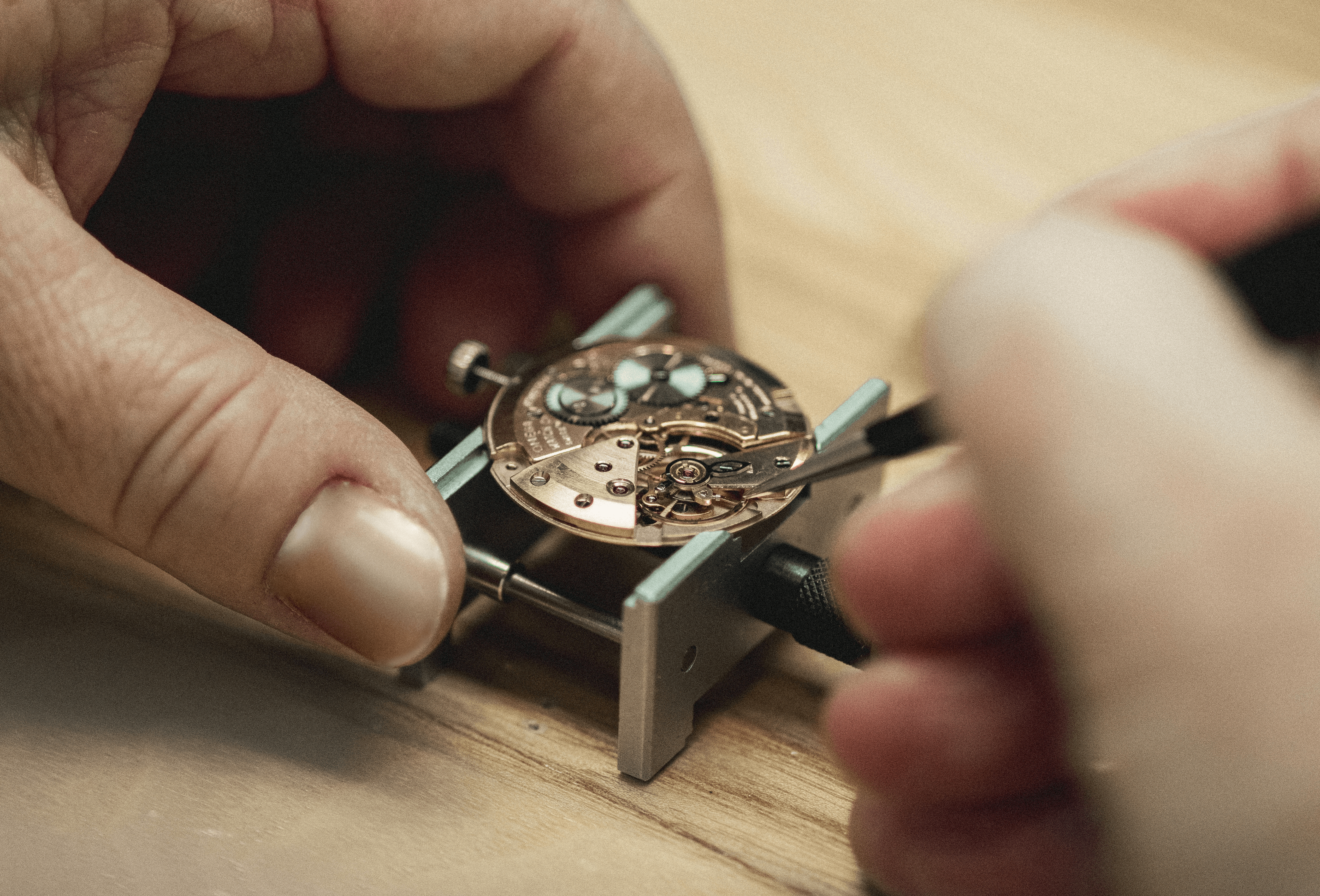It is no secret that luxury watches are designed and manufactured with great care, precision and immense detail, this is a large part of why such watches are so highly regarded. Luxury watches can have up to 400 different parts in their anatomy.
It is important if you are thinking of treating yourself to a beautiful new watch, such as a Tag Heuer or Jaeger-LeCoultre, that you become familiar with the terminology and have a basic understanding of how they work. Here is a list of some of the language you may hear being used within the watch industry and what it all means, to help give you a basic grasp of the luxurious world of watches.
The Movement
The movement of a watch - also known as its calibre - is essentially its engine. It is an internal mechanism that moves the hands and powers any functions the watch may have. The most common movement in modern-day luxury watches is a quartz movement however, there are also automatic watch movements and mechanical watch movements.
The Bezel
The Bezel is the ring that goes around the crystal glass of the watch and secures it in place. They are usually made of metal but can also be made in other materials such as ceramic.
The Bracelet or Strap
This is the band of the watch that attaches it to its wearer’s wrist. Bracelets or straps come in a range of materials, for example, leather, fabric, metal or rubber.

The Case
The case is the part of the watch that encapsulates the movement and the dial. It has to be incredibly robust as it protects the internal pieces from wear and tear and the elements. Cases can come in a variety of shapes such as rectangular like the Longines DolceVita collection or square like the Tag Heuer Monaco collection. The most common case shape for luxury watches is round.
The Crown
The Watch Crown is the button-like winder on the side of the watch that is used to set the time. It is named the ‘crown’ after royal inspiration as with its round, fluted shape it resembles the crowns worn by royalty in Europe.
The Crystal
This is the glass-like cover over the face of the watch. It is part of the case and therefore is designed to protect the watch from dirt and water and reduce glare. For the majority of luxury watches, this glass isn’t actually glass at all, it is a sapphire crystal which is pure aluminium oxide and has been through a process of crystallisation. Just as with naturally occurring sapphire, the synthetic kind is incredibly durable which makes it great at protecting the innards of the watch from the elements as well as from shock.
The Dial
The dial is also known as the face of the watch, it is the portion that displays the time. It can come in a variety of different colours and marker combinations and is largely responsible for the aesthetic of the watch.
The Lugs
The lugs are the parts of the watch case that secure the strap or bracelet to the case.

The Signature
Luxury watches will have a signature included on their dials. This is comprised of their brand logo and the manufacture of the watch.
Chronograph
In layman’s terms, a chronograph is simply a stopwatch. Chronograph watches feature a ‘complication’ which just means another function. This complication allows the wearer to track different sets of time.
Luminosity
Many luxury watches have hands or markers that appear to glow in the dark. What you are actually seeing here is phosphorescence. Phosphorescence is the ability of a material to emit light after being exposed to an external source of light for example the sun, due to the absorption of photons from the external source.
Most luxury watches paint an incredibly efficient phosphor material, such as strontium aluminate, onto the areas of the watch that illuminate in the dark. This practice isn’t just done for the aesthetic of the watch, it also has practical uses, for example, it helps divers to read the time even at the greatest of depths where the sunlight can’t reach.
Subdial
This is a miniature dial within the face of the watch. This dial is used to display other information such as the date or seconds.
Sweeping Seconds Hand
Although the name may sound complicated, sweeping seconds hand just means a hand that marks seconds without ‘ticking’ but rather continuously and smoothly moves around the dial.
Unidirectional Rotating Bezel
As mentioned above, the bezel is the ring that goes around the crystal glass of the watch and secures it in place. Found in most diver’s watches, a unidirectional rotating bezel simply means that the bezel can only be rotated in a counter-clockwise direction. The purpose of a rotating bezel is to warn divers when their oxygen is running low underwater. Making them unidirectional ensures that any accidental nudges or bumps while underwater will not interfere with the diver’s session.
Jewel
Watch jewels are also sometimes known as watch bearings. They are tiny pieces of synthetic rubies or sapphires that are put into the watch the help reduce friction between the gears within the movement of the watch. The reason these materials are used is that they are durable and hard and allow the moving components of the watch to rotate freely and seamlessly.
Oscillating Weight
An oscillating weight is found in watches with an automatic movement. This weight is able to rotate freely with the movements of the wearer’s wrist and is specifically balanced so that it uses gravity to wind the watch without any manual intervention.
Power Reserve
The power reserve of a watch refers to how much available energy there is stored in the mainspring. Essentially the power reserve is how long the watch can run before it stops and needs to be wound up again.
We have covered several different horological terms and vocabulary; however, the list could go on for several more pages. The above are some of the essential key terms you should know if you are considering diving into the wonderous world of luxury watches, and want to sound like you know what you are talking about when discussing them.
Although there is a lot to learn about these luxury timepieces and the brands they belong to such as Tudor, Tag Heuer, IWC, Breitling and so on, do not feel overwhelmed.
The luxury watch industry is a fascinating world with new information and developments coming to light every day. Start browsing your luxury watch options in Ireland today and enter this journey where there is an opportunity to never stop learning. Before you know it you will become a fantastic luxury watch connoisseur.













